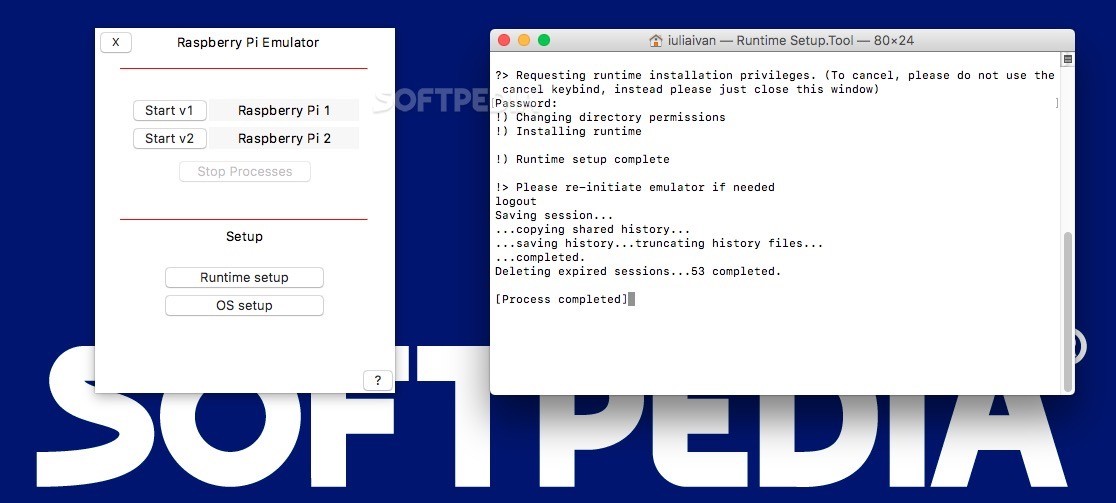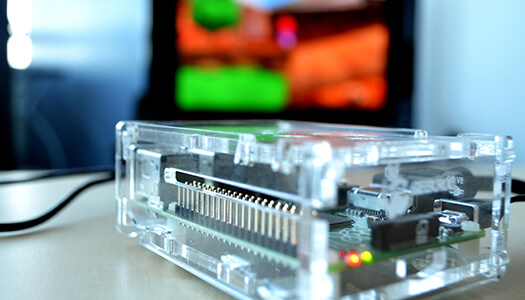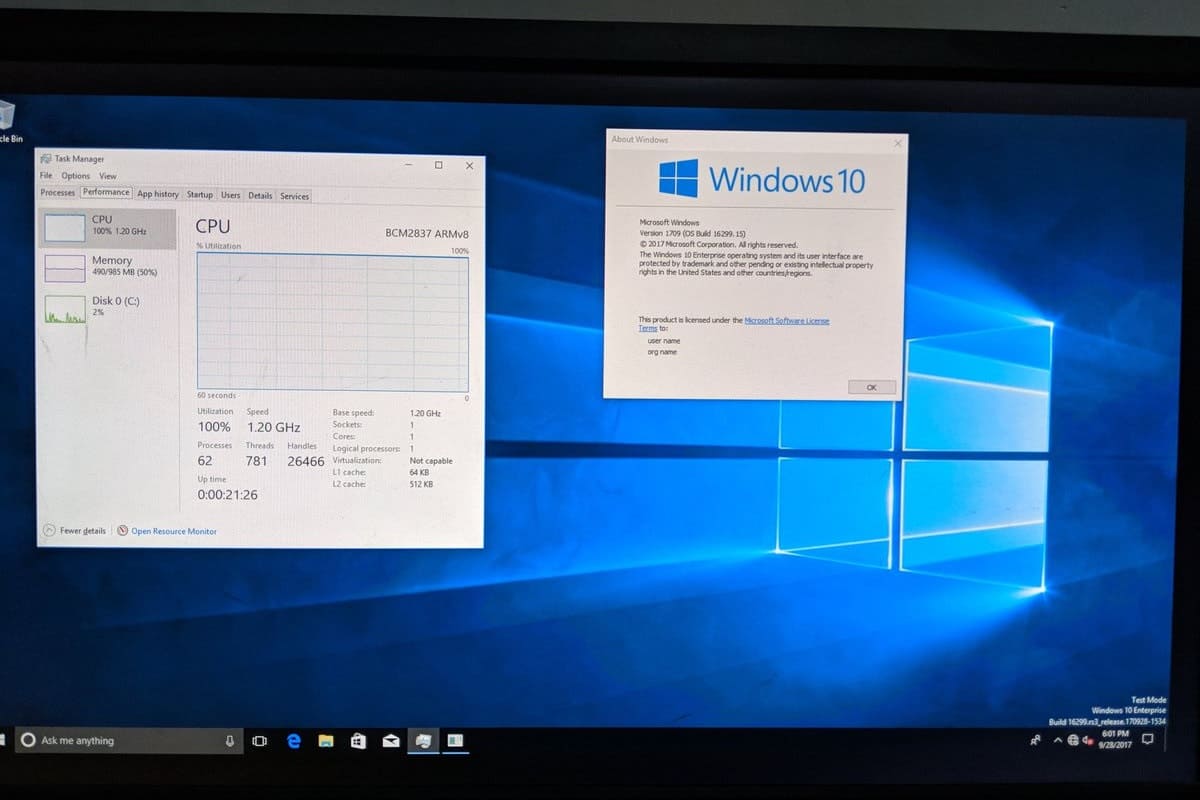

- HOW TO USE RASPBERRY PI EMULATOR MAC INSTALL
- HOW TO USE RASPBERRY PI EMULATOR MAC UPDATE
- HOW TO USE RASPBERRY PI EMULATOR MAC FULL

-kernel: this is the path to the QEMU kernel we downloaded in the previous step.sudo qemu-system-arm: you need to run QEMU as root.net tap,ifname=vnet0,script=no,downscript=no append "root=/dev/sda2 panic=1 rootfstype=ext4 rw" \
HOW TO USE RASPBERRY PI EMULATOR MAC FULL
The full command is this (don't worry it's explained below): sudo qemu-system-arm \ You've got everything you need now: a kernel, a disk image, and QEMU!Īctually running the virtual Pi is done using the qemu-system-arm command and it can be quite complicated. You can check on your image using the qemu-img info command Starting

Now we can also easily expand the image: qemu-img resize raspbian-stretch-lite.qcow +6G Use the qemu-img command to do this: qemu-img convert -f raw -O qcow2 -raspbian-stretch-lite.img raspbian-stretch-lite.qcow img extension).Ī more efficient option is to convert this to a qcow2 image first. When you download the Raspbian image it will be in the raw format, a plain disk image (generally with an.
HOW TO USE RASPBERRY PI EMULATOR MAC UPDATE
Either clone the repo: git clone įor the rest of these steps I'm going to be using the kernel-qemu-4.4.34-jessie kernel, so update the commands as needed if you're using another version. Personally, I (along with most people) use the dhruvvyas90/qemu-rpi-kernel repository's kernels.

Preparing Get your kernelįirst, you'll need to download a kernel. Since the standard RPi kernel can't be booted out of the box on QEMU, we'll need a custom kernel. Personally, I used the version of Raspbian Lite, since I don't need an X server. Simply download the copy of Raspbian you need from the official site. You can find all the packages for your chosen platform on the QEMU website and is installable across Linux, macOS and even Windows. Getting startedįirst, you'll need a few prerequisites: QEMU (more specifically qemu-system-arm)
HOW TO USE RASPBERRY PI EMULATOR MAC INSTALL
Given I'm next-to-useless at Python, that last one is pretty important as it allows me to install every Python debugging and testing tool known to man on my virtual Pi while my end-product hardware stays comparatively pristine.


 0 kommentar(er)
0 kommentar(er)
